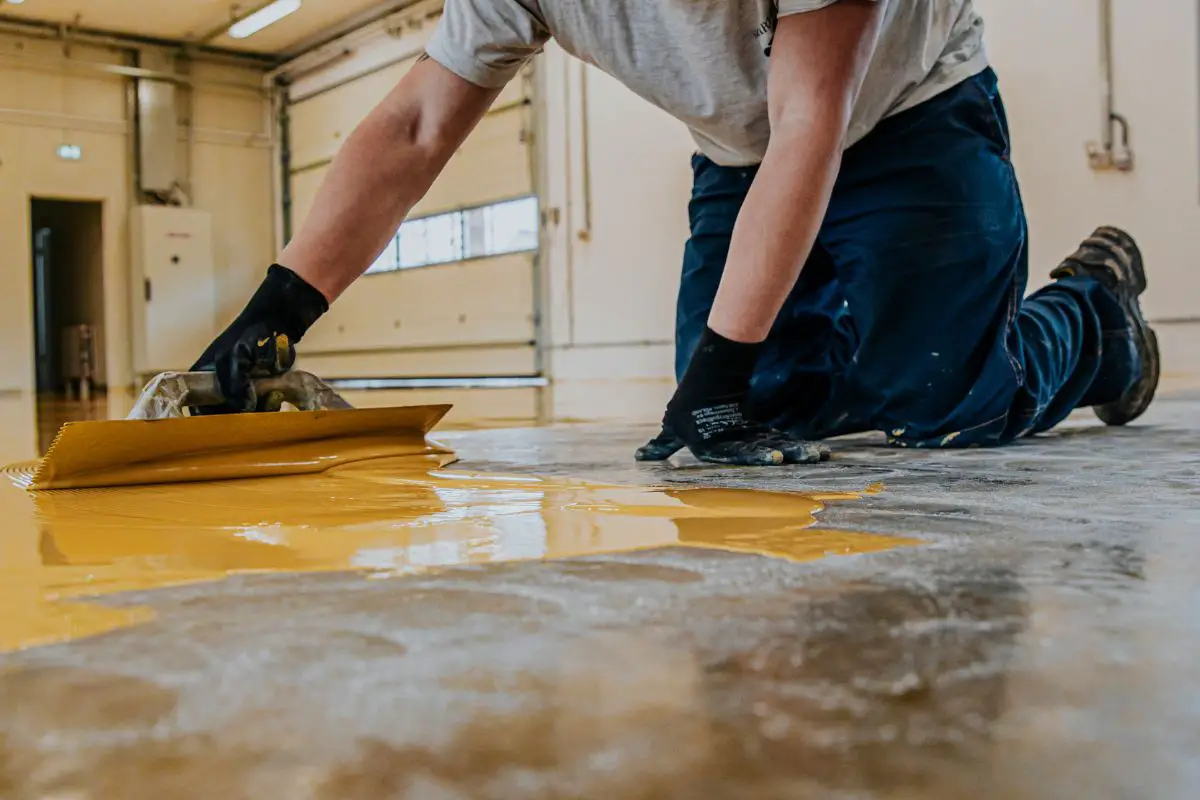Have you ever wondered if it’s possible to combine the captivating world of coffee with the artistic medium of resin? Coffee enthusiasts and creative minds alike have been experimenting with embedding coffee beans in resin to create unique and visually appealing pieces. In this article, we will delve into the intriguing realm of coffee bean resin art, exploring the process, its creative possibilities, and the potential challenges that may arise. So, let’s uncover the artistry and innovation behind this delightful fusion of coffee and resin.

Can You Put Coffee Beans in Resin?
The short answer is yes, you can absolutely put coffee beans in resin. Resin, a versatile and durable material commonly used in art and crafts, serves as an excellent medium for preserving and showcasing coffee beans. By encapsulating the beans in a clear resin, you can create eye-catching pieces that capture the essence of coffee and its rich aroma.
The Process
Embedding coffee beans in resin requires some basic materials and a step-by-step process. Here’s a simplified guide to get you started:
1. Gather the Materials
- Coffee beans: Choose high-quality, freshly roasted beans that are free from any moisture or oils.
- Clear resin: Opt for a two-part epoxy resin, commonly used for crafting. Ensure it is suitable for embedding organic materials.
- Mixing container and sticks: Use disposable containers and wooden sticks for mixing the resin.
- Mold or bezel: Select a mold or bezel of your choice, depending on the desired shape and size of your final piece.
- Safety gear: Wear gloves, goggles, and a respirator mask to protect yourself from resin fumes and any potential allergies.
2. Prepare the Coffee Beans
Sort and clean the coffee beans, discarding any defective or damaged ones.
Consider roasting the beans if you desire a specific color or aroma for your artwork.
3. Mix and Pour the Resin
Follow the instructions provided with your chosen resin to prepare the mixture. Ensure proper measurements and thorough mixing to prevent any curing issues.
Pour a thin layer of resin into the mold or bezel, covering the base.
4. Place the Coffee Beans
Carefully position the coffee beans on the resin layer, ensuring they are evenly spaced and fully submerged.
5. Pour and Cure
Pour the remaining resin over the coffee beans, ensuring they are completely covered.
Remove any air bubbles by gently tapping or using a heat gun.
Allow the resin to cure according to the manufacturer’s instructions. This process typically takes several hours to a few days, depending on the type of resin used.
Creative Possibilities
Coffee bean resin art offers a wide range of creative possibilities limited only by your imagination. Here are a few ideas to spark your creativity:
1. Jewelry and Accessories
Create stunning pendants, earrings, or bracelets by embedding coffee beans in resin. The resulting pieces will showcase the beauty and allure of coffee in a wearable form.
2. Coasters and Trivets
Craft unique coasters and trivets by embedding coffee beans in resin. The combination of resin’s glossy finish and the natural texture of coffee beans will add an artistic touch to your tabletops.
3. Wall Art and Decor
Design captivating wall art or decorative pieces using coffee bean resin. Play with different shapes, colors, and sizes to create intricate patterns or abstract compositions that celebrate your love for coffee.
Challenges and Considerations
While embedding coffee beans in resin can be an exciting endeavor, it’s important to be aware of some potential challenges:
1. Moisture and Oil Content
Coffee beans naturally contain oils and moisture. Ensure you use well-dried coffee beans. Create a barrier between the coffee beans and the resin by applying a sealant or using a drying method beforehand. This will prevent any unwanted interactions between the beans and the resin, such as discoloration or cloudiness
2. Air Bubbles
When pouring the resin, it’s common to encounter air bubbles that can mar the final appearance of your piece. To minimize this issue, gently tap the mold or use a heat gun to remove any trapped air. Alternatively, you can pour the resin in layers, allowing each layer to partially cure before adding more resin and coffee beans.
3. Bean Positioning
Placing the coffee beans in a uniform and aesthetically pleasing arrangement can be challenging. Take your time to position the beans thoughtfully, considering their color, shape, and size. Experiment with different layouts to achieve the desired visual effect.
4. UV Resistance
Some resins may be susceptible to yellowing or discoloration when exposed to prolonged sunlight. If you plan to display your coffee bean resin art in a sunny location, consider using a UV-resistant resin or applying a protective varnish to ensure the longevity of your creation.
Conclusion
The combination of coffee beans and resin opens up a world of artistic possibilities. By skillfully embedding coffee beans in resin, you can create visually captivating pieces that capture the essence of coffee in a unique way. From jewelry and accessories to coasters, wall art, and beyond, this fusion of coffee and resin allows you to showcase your love for coffee and unleash your creativity.
As you embark on your coffee bean resin art journey, remember to pay attention to the challenges involved, such as moisture and oil content, air bubbles, bean positioning, and UV resistance. With proper preparation and experimentation, you can overcome these obstacles and create stunning artworks that celebrate the beauty of coffee.
So, why not explore the art of embedding coffee beans in resin? Unleash your creativity, experiment with different techniques, and let the enticing world of coffee inspire your resin creations.
Related article: